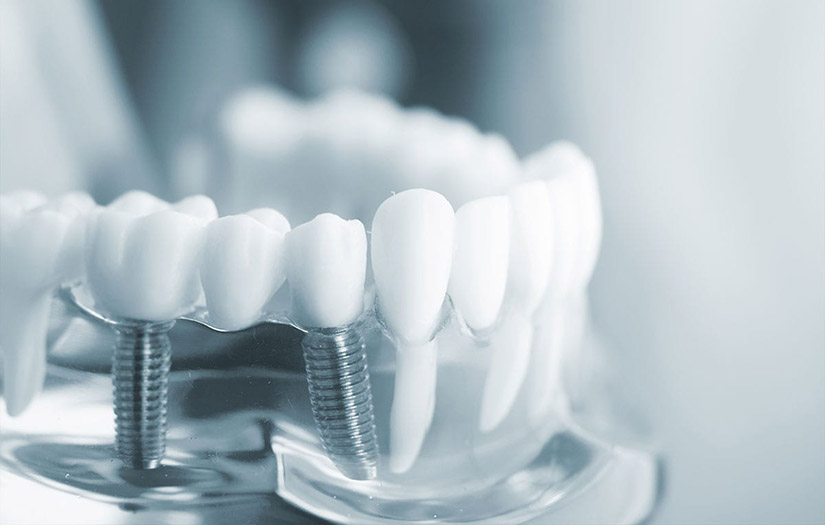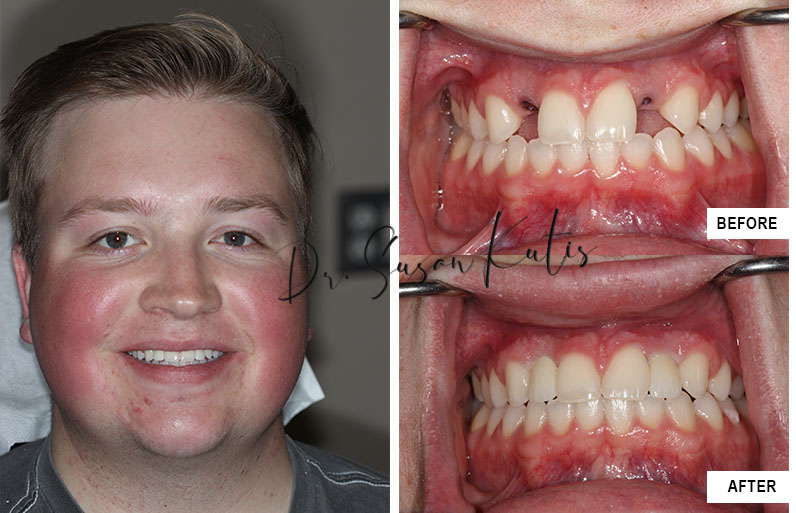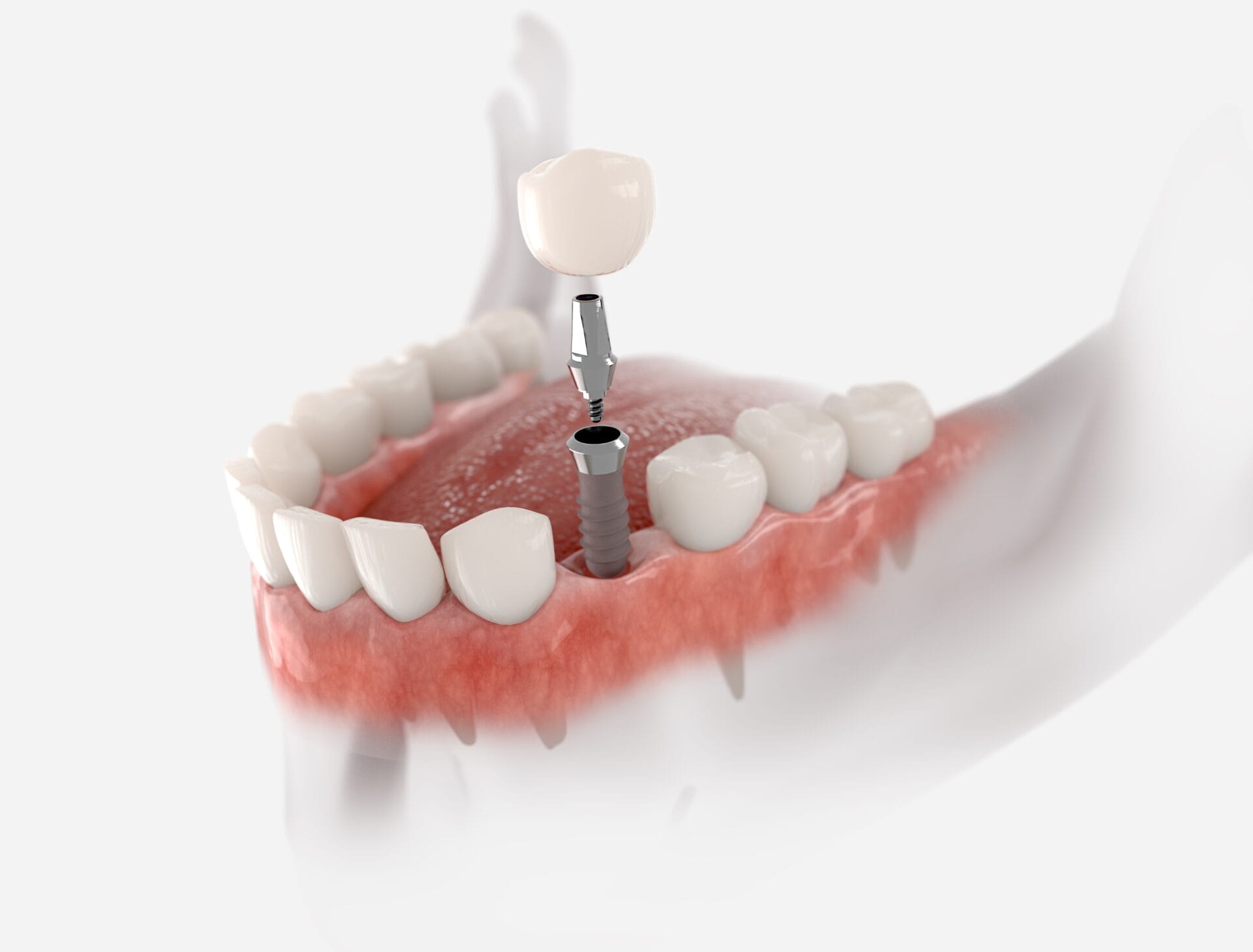Transform Your Smile with Dental Implants Kent: Professional Treatment
Wiki Article
Experience the current Advancements in Oral Implants Innovation
As the field of dentistry continues to progress, the innovations in oral implant modern technology have been absolutely nothing short of impressive. The combination of modern technology is transforming the functionality of dental implants, assuring boosted outcomes and person contentment.Advanced Materials for Enhanced Durability
In the realm of oral implants modern technology, the combination of advanced materials has actually considerably added to boosting sturdiness and longevity of these crucial oral prosthetics. The usage of products such as titanium alloys, zirconia, and ceramic compounds has reinvented the field by using increased biocompatibility, strength, and resistance to corrosion.
Titanium alloys are widely used in oral implants as a result of their outstanding strength-to-weight proportion, corrosion resistance, and compatibility with the human body. These alloys guarantee the security and durability of the implant by withstanding the forces applied throughout chewing and speaking, offering a reliable option for patients looking for resilient tooth replacements.
Zirconia, a sort of ceramic material, has actually gained popularity for its biocompatibility and natural tooth-like look. Its high stamina and resistance to wear make it an ideal choice for oral crowns and bridges, enhancing the total appearances and functionality of the implant.

Digital Imaging for Precise Placement
The evolution of dental implants innovation has actually better advanced with the combination of digital imaging methods, ensuring specific placement of these prosthetics for optimum useful and aesthetic outcomes. Digital imaging plays a vital function in the preparation and placement of dental implants by supplying in-depth 3D pictures of the individual's jawbone framework. This modern technology enables dental practitioners to evaluate bone density, situate important structures, and intend the precise position and angle for dental implant placement with unequaled precision.By using electronic imaging, dental professionals can create online surgical guides that act as a roadmap throughout the dental implant positioning procedure. These guides are personalized for each client, thinking about their distinct makeup and the wanted outcome. This level of accuracy not only boosts the success rate of dental implant procedures but also minimizes the risk of difficulties.
Moreover, electronic imaging enables dental professionals to envision the final prosthetic repair before the real positioning of implants, enabling thorough preparation and making certain that the outcome fulfills the client's aesthetic expectations. In general, the integration of electronic imaging technology has actually reinvented the area of oral implants, offering individuals a much more predictable, effective, and patient-specific therapy method.

Minimally Intrusive Surgical Methods


Improvements in medical methods have caused the development of minimally intrusive techniques in the field of oral implantology. These techniques aim to reduce trauma to the person, reduce recuperation times, and boost general therapy outcomes. Minimally invasive procedures involve smaller sized cuts, specialized tools, and progressed imaging technologies to exactly put dental implants with minimal interruption to surrounding cells.
One trick facet of minimally invasive techniques is making use of directed surgical procedure, where 3D imaging and computer-aided style software are utilized to plan the implant positioning with wonderful accuracy. This enables for an extra foreseeable result and can typically remove the need for this page extensive flap surgical treatment.
Furthermore, improvements in products and dental implant design have actually likewise contributed to the success of minimally intrusive approaches. Implants with improved surface area homes promote faster osseointegration, reducing the healing time called for before the prosthetic reconstruction can be positioned.
3D Printing for Custom-made Solutions
Using 3D printing modern technology in dental implantology permits the development of highly tailored services tailored to private person demands and physiological variations. This cutting-edge technology enables oral experts to create and make oral implants with outstanding precision and accuracy. By using electronic imaging strategies, such as cone beam computed tomography (CBCT), comprehensive 3D designs of the person's mouth can be created to direct the implant planning process.Among the essential benefits of 3D printing in oral implantology is the capability to create patient-specific implants that perfectly fit the one-of-a-kind makeup of each person. This customized method assists boost the general success and durability of the dental implant by making certain optimal fit and alignment. In addition, 3D printing enables the manufacturing of complicated geometries click here to find out more and detailed frameworks that would be impossible or challenging to accomplish using standard manufacturing techniques.
In addition, 3D printing modern technology enables dental professionals to streamline the implantation procedure, lowering surgical procedure time and enhancing total person experience. With its ability to develop tailored services rapidly and successfully, 3D printing is reinventing the field of oral implantology, offering individuals cutting-edge therapy alternatives and enhanced end results.
Integrated Modern Technology for Improved Functionality
Implementing sophisticated modern technology in dental implantology improves performance and precision, boosting the standard of treatment for individuals undergoing dental implant treatments. Integrated technology plays a crucial role in enhancing the general success and longevity of dental implants.Additionally, the combination of computer-aided style and computer-aided manufacturing (CAD/CAM) technology enables the development of custom-made dental implant reconstructions with exceptional accuracy. CAD/CAM systems use digital perceptions to create prosthetics that perfectly fit the patient's one-of-a-kind anatomy, guaranteeing ideal convenience and functionality. In addition, the use of robotic-assisted surgical procedure in dental implant placement enhances precision and lessens the danger of human mistake.
Final Thought
To conclude, the newest developments in dental implants innovation deal improved durability with advanced materials, exact positioning with electronic imaging, minimally intrusive surgical techniques, customized options with 3D printing, and improved performance with integrated innovation - Dental implants Kent. These innovations in dental implants technology are changing the field and offering clients with even more effective and effective treatment options for restoring their smiles and oral health and wellnessThe integration of modern technology is reinventing the capability of dental implants, assuring improved end results and patient fulfillment.
The advancement of dental implants modern technology has even more progressed with the integration of electronic imaging methods, guaranteeing accurate placement of these prosthetics for optimum check my reference practical and visual outcomes. Minimally invasive medical procedures include smaller sized incisions, specialized tools, and advanced imaging modern technologies to precisely place oral implants with minimal disturbance to bordering tissues.
Implementing innovative modern technology in oral implantology enhances performance and accuracy, boosting the standard of treatment for individuals undergoing implant treatments. Dental implants Kent. Integrated modern technology plays an essential role in improving the general success and resilience of oral implants
Report this wiki page